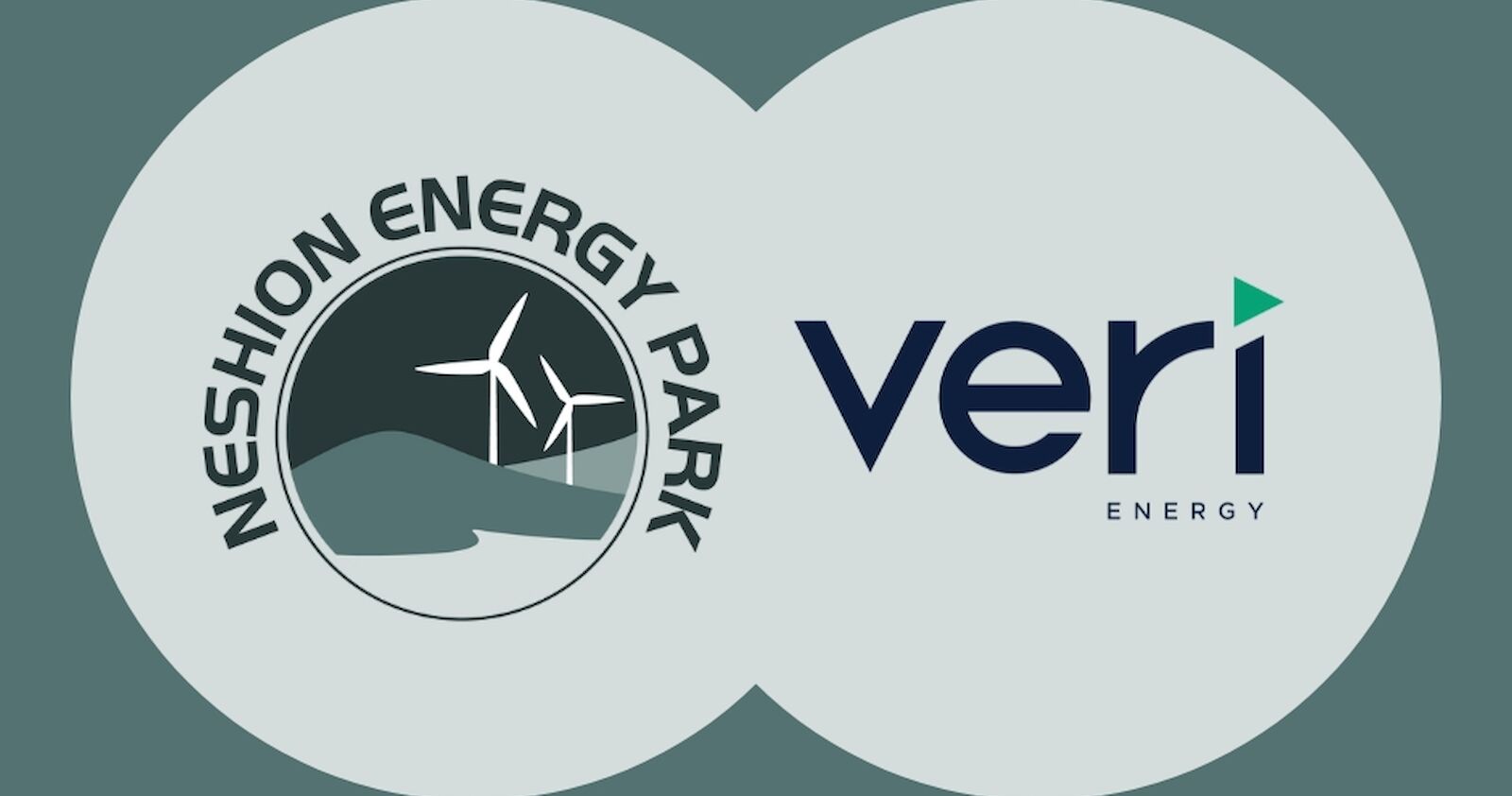About the Developments
Neshion Energy Park (‘NEP’) is a proposed renewable energy project adjacent to SVT in Shetland, with a total generating capacity of over 50 megawatts and situated within an established industrial landscape. The site boasts exceptional wind resources, making it an ideal location for a renewable energy park dedicated to generating clean, sustainable energy. The Development of Neshion Energy Park is being led by local company, Shetland Aerogenerators. The project ambition is to be in Shetland, by Shetland and for Shetland.
Veri Energy has launched a major initiative to assess investable e-fuel pathways, integrating biogenic CO₂ and renewable power. Backed by Aberdeen’s Net Zero Technology Centre, the programme unites global technology leaders across the value chain. Central to the model is the reuse of existing infrastructure and skilled workforce at the SVT, combined with Shetland’s world-class wind resource, forming a replicable blueprint for gigawatt-scale low-carbon fuel production. Advanced system modelling and commercial-scale carbon storage further position Veri Energy to deliver enduring, export-ready decarbonisation across the UK and Europe.
Gavin Templeton, CEO of Veri Energy said: “We’re pleased to be working with Neshion Ltd. to unlock the long-term potential of Shetland and the Sullom Voe Terminal for the energy transition. At Veri Energy, we believe the combination of world-class wind resource, existing infrastructure, and a highly skilled local workforce creates a unique, scalable model for low-carbon fuel production. This is a place-based solution with global relevance, designed to deliver enduring decarbonisation, energy resilience, and economic opportunity for Scotland and beyond.”
Brendan Hall, Shetland Aerogenerators Development Manager said: “Locating renewable energy generation next to major energy users makes sense and is a key pillar of the Energy Transition. We are pleased to be partnering with Veri to explore how we can harness Shetland’s world class wind resource to produce the next generation of sustainable fuels.
As a local company, we are also excited about the potential for our projects to help Sullom Voe Terminal have a sustainable future, and to support the jobs and investment the Terminal provides.”
Project Connections
As early as 2030, the wind turbines at Neshion Energy Park could be supplying SVT with clean, renewable electricity via a ‘Private Wire’. In this scenario, NEP could initiate operations without having to wait for a connection to the electricity grid, accelerating the timeline for the project. It could also mean that all energy generated by the wind turbines would be used for e-fuel production, avoiding curtailment, which can result from demand on the grid being lower than power generation.
Importance
E-fuels, such as those in development by Veri Energy, can be key to lowering emissions within hard-to-abate sectors. While Shetland’s electricity supply will soon be largely renewables-based, fuel use is more challenging as the Isles work towards reducing carbon emissions. A locally produced source of replacement low-carbon fuels could go a long way to meeting local and national emission reduction targets, as well as supporting direct employment at production facilities. Sullom Voe Terminal currently supports around 2,000 direct and indirect jobs. Adapting and reusing existing facilities, and the expertise of those who operate them, will be vital for the economies of Shetland, Scotland and the UK.
More information is available on the developers’ websites:


